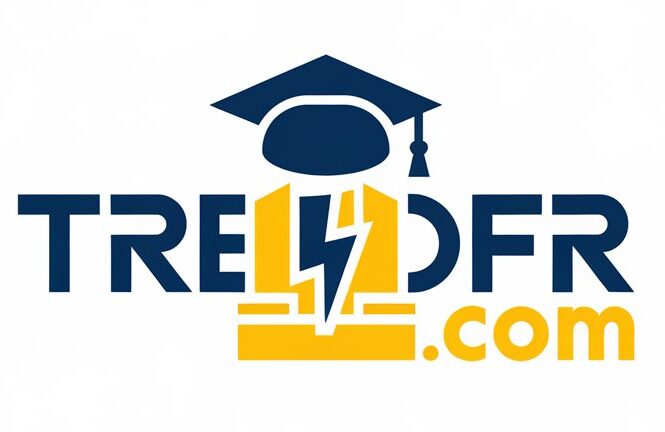The Pros and Cons of Learning on YouTube
YouTube has become a popular platform for learning various skills and gaining knowledge in a convenient and accessible way. With a plethora of educational content available, learners can benefit from a wide range of resources at their fingertips. However, there are both pros and cons to consider when utilizing YouTube as a learning tool.
Pros of Learning on YouTube
**Flexibility**: One of the key advantages of learning on YouTube is the flexibility it offers. Learners can access content at any time and from anywhere, allowing them to study at their own pace.
Access to Diverse Content
**Diverse Content**: YouTube hosts a vast array of educational videos on almost every topic imaginable. Whether you’re interested in science, history, language learning, or DIY projects, you can find valuable resources to enhance your knowledge.
Interactive Learning Experience
**Interactive Learning Experience**: Many YouTube channels engage viewers through interactive quizzes, live sessions, and discussions, creating an immersive learning environment that caters to different learning styles.
External Links:
Incorporating external resources such as Khan Academy and Coursera can further enrich your learning experience.
Cons of Learning on YouTube
**Quality Control**: While YouTube offers a wealth of content, not all videos are accurate or reliable sources of information. It’s essential to critically evaluate the credibility of the creators and sources.
Distractions and Time Management
**Distractions and Time Management**: With countless videos vying for your attention, it’s easy to get sidetracked on YouTube. Managing your time effectively and staying focused can be challenging in such a vast platform.
Lack of Structured Learning Path
**Lack of Structured Learning Path**: Unlike formal educational programs, YouTube lacks a structured curriculum, making it challenging for learners to follow a cohesive learning path and track their progress.
Questions and Answers
1. How can I ensure the credibility of educational content on YouTube?
It’s essential to verify the credentials of the creators, check for reputable sources, and cross-reference information to ensure accuracy.
2. Can YouTube serve as a primary source for formal education?
While YouTube can supplement learning, it may not always provide a comprehensive education compared to traditional institutions.
Conclusion
In conclusion, learning on YouTube offers unparalleled accessibility to a wealth of educational resources, but it comes with challenges such as quality control and time management. By leveraging the platform’s strengths and addressing its limitations, learners can harness the power of YouTube to enhance their educational journey.

